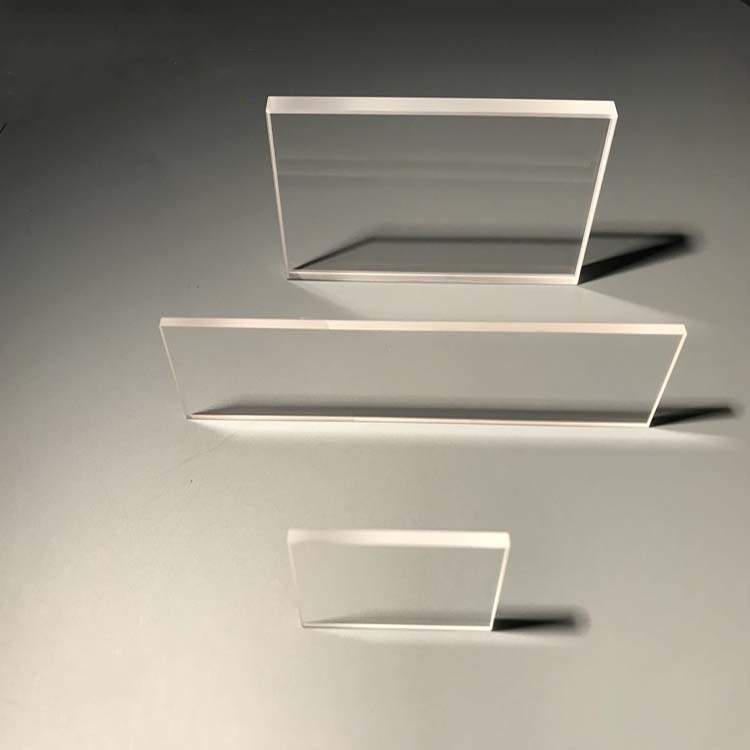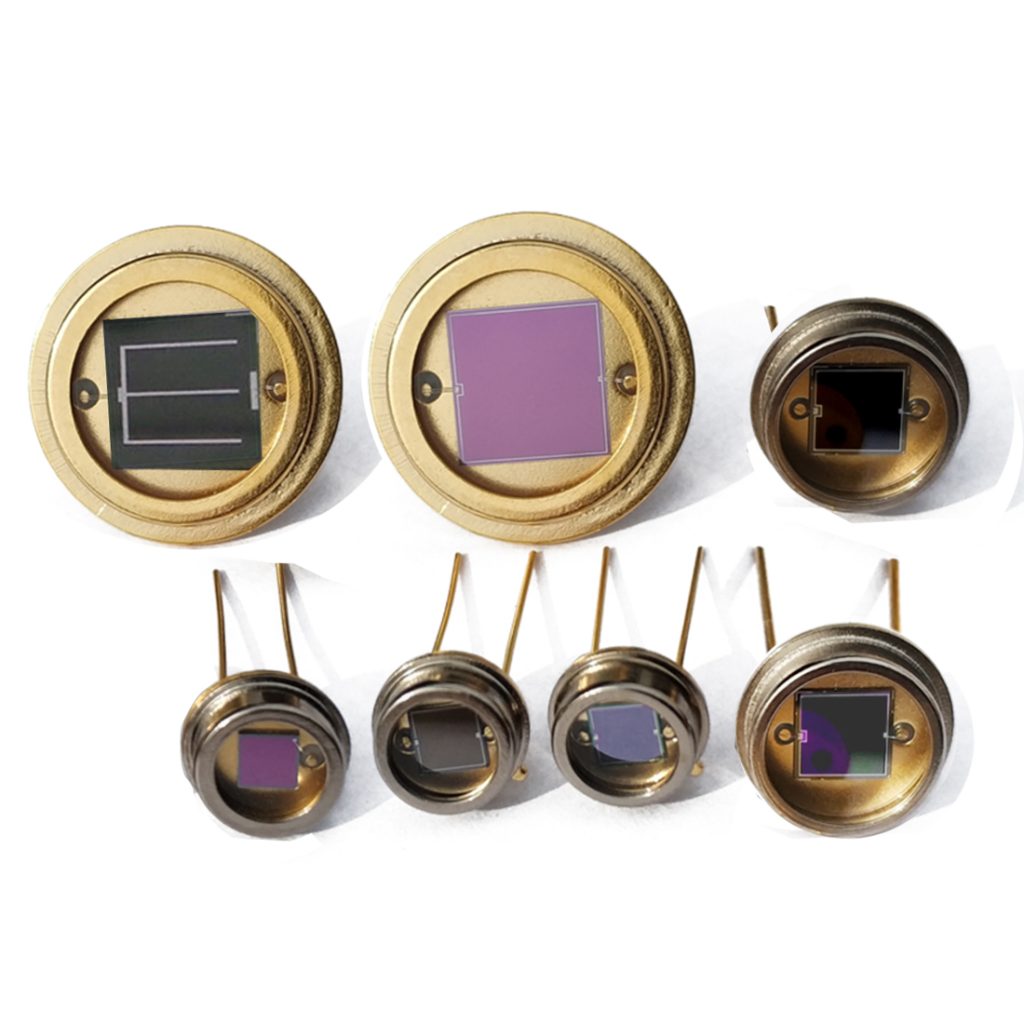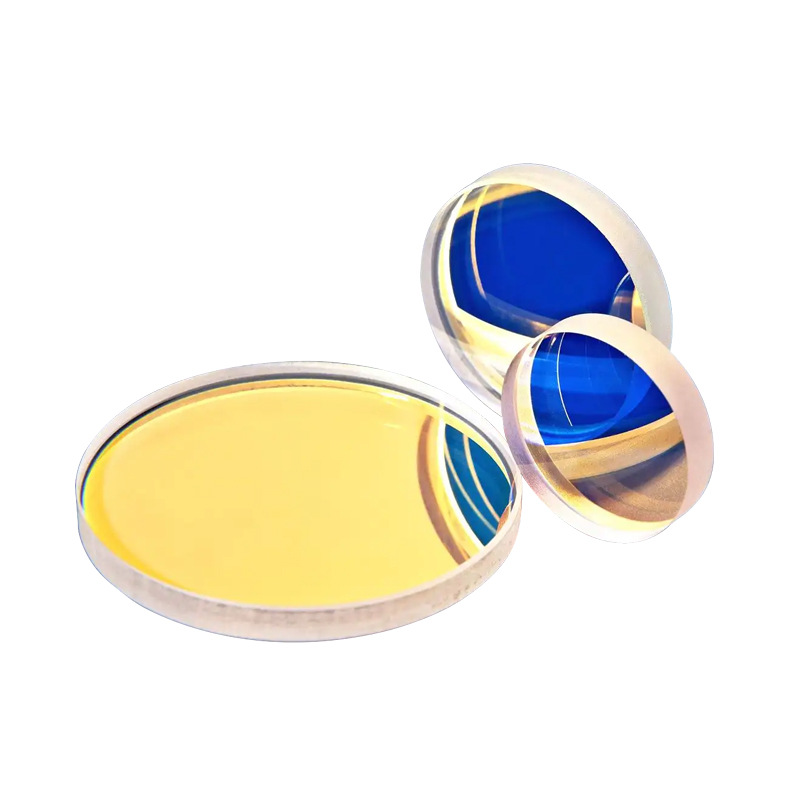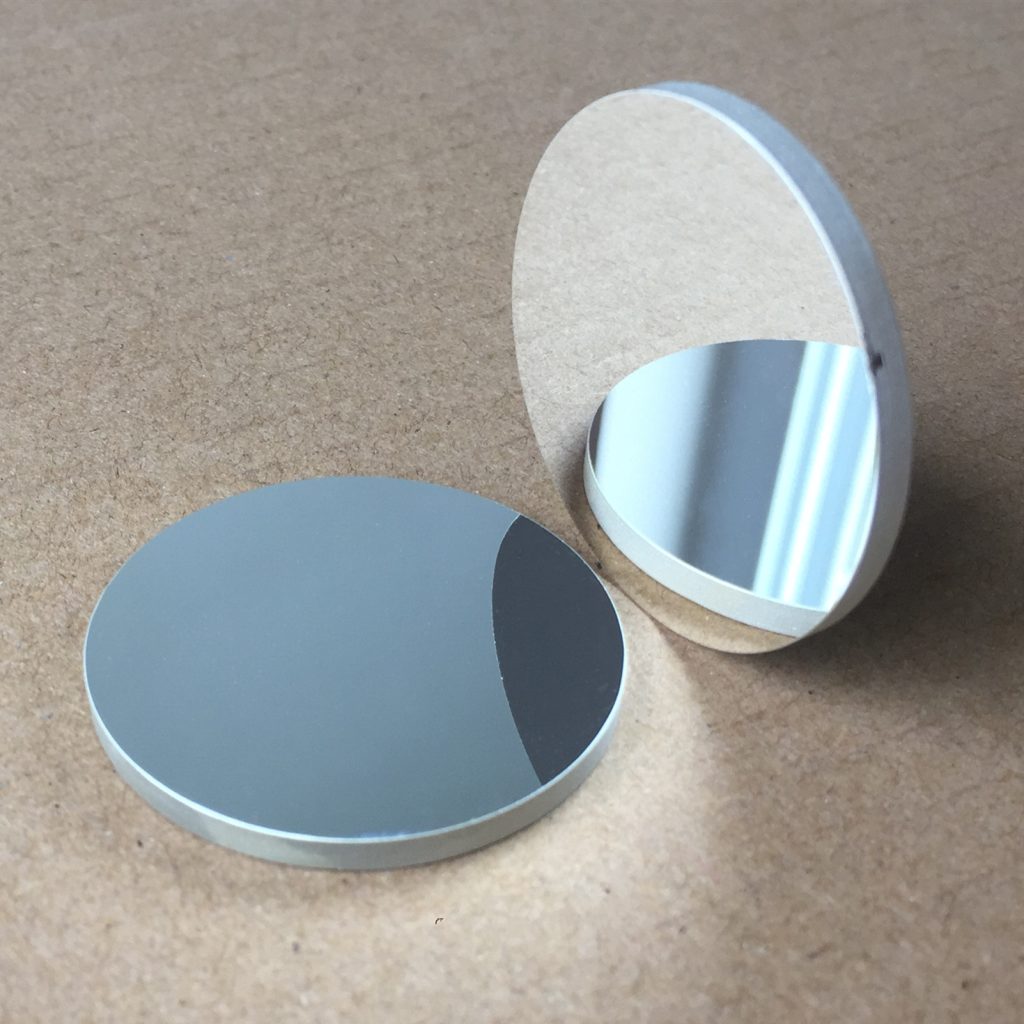High-power graphite electrodes are precision-engineered carbon components designed for demanding industrial applications that require superior electrical conductivity, high thermal resistance, and exceptional mechanical durability. Manufactured using advanced processing techniques, these electrodes exhibit optimized current-carrying capacity, extended lifespan, and enhanced oxidation resistance. They are widely used in electric arc furnaces, steel manufacturing, metallurgical refining, and industrial electrochemical applications, ensuring efficient energy transfer and stable performance in extreme environments.
Product Overview
High-power graphite electrodes are premium quality electrodes specifically designed for high-power electric arc furnaces (EAF). These electrodes offer excellent electrical conductivity, high-temperature resistance, and strong oxidation resistance. Manufactured through high-temperature sintering and precise processing, they deliver outstanding electrical and mechanical properties. High-power graphite electrodes can handle higher current densities, making them suitable for demanding high-power applications, including steel and aluminum smelting, as well as other high-temperature electric arc furnace processes.
Key Features
- Excellent Conductivity: With low resistivity, these electrodes efficiently conduct electricity, enhancing smelting efficiency.
- High-Temperature Resistance: They maintain structural stability at extremely high temperatures, making them ideal for the harsh working conditions of high-power electric arc furnaces.
- Strong Oxidation Resistance: Special treatments improve the oxidation resistance of graphite electrodes, extending their service life.
- Good Mechanical Strength: The electrodes have high mechanical strength and resistance to breakage, ensuring durability under the physical stresses of the electric arc furnace.
- Low Impurity Content: High purity and low impurity levels ensure that the smelting process does not compromise metal quality.
Applications
- Steel Smelting: Used in electric arc furnaces for steel smelting, particularly in high-power furnace applications.
- Aluminum Smelting: Widely used in electric arc furnaces for aluminum smelting, providing stable heat and electrical conductivity.
- Non-Ferrous Metal Smelting: Used in the smelting and high-temperature processing of non-ferrous metals.
- Electrical and Electronics Industry: As a key component for conducting electricity in high-power equipment, ensuring stable operation.
- Chemical Industry: Used in high-temperature chemical reaction equipment, providing stable heat and power support.
| Item | Unit | Nominal Diameter (mm) | |||
| 200-400 | 450-500 | 550-700 | |||
| Resistivity | Electrode | μΩm | ≤6.5 | ≤7.0 | ≤7.0 |
| Joint | ≤6.0 | ≤6.0 | ≤6.0 | ||
| Bending Strength | Electrode | MPa | ≥10.5 | ≥10.0 | ≥8.5 |
| Joint | ≥17.0 | ≥17.0 | ≥17.0 | ||
| Elastic Modulus | Electrode | GPa | ≤14.0 | ≤14.0 | ≤14.0 |
| Joint | ≤16.0 | ≤16.0 | ≤16.0 | ||
| Density | Electrode | g/cm3 | ≥1.65 | ≥1.65 | ≥1.65 |
| Joint | ≥1.75 | ≥1.75 | ≥1.75 | ||
| Thermal Expansion (100℃-600℃) | Electrode | 10-6/℃ | ≤2.4 | ≤2.4 | ≤2.4 |
| Joint | ≤2.2 | ≤2.2 | ≤2.2 | ||
| Ash Content | % | ≤0.5 | ≤0.5 | ≤0.5 | |
Submit Your RequirementsWe will contact you within 24 hours.
 WOBO Scientific Research New Materials One-Stop Service Platform
WOBO Scientific Research New Materials One-Stop Service Platform











